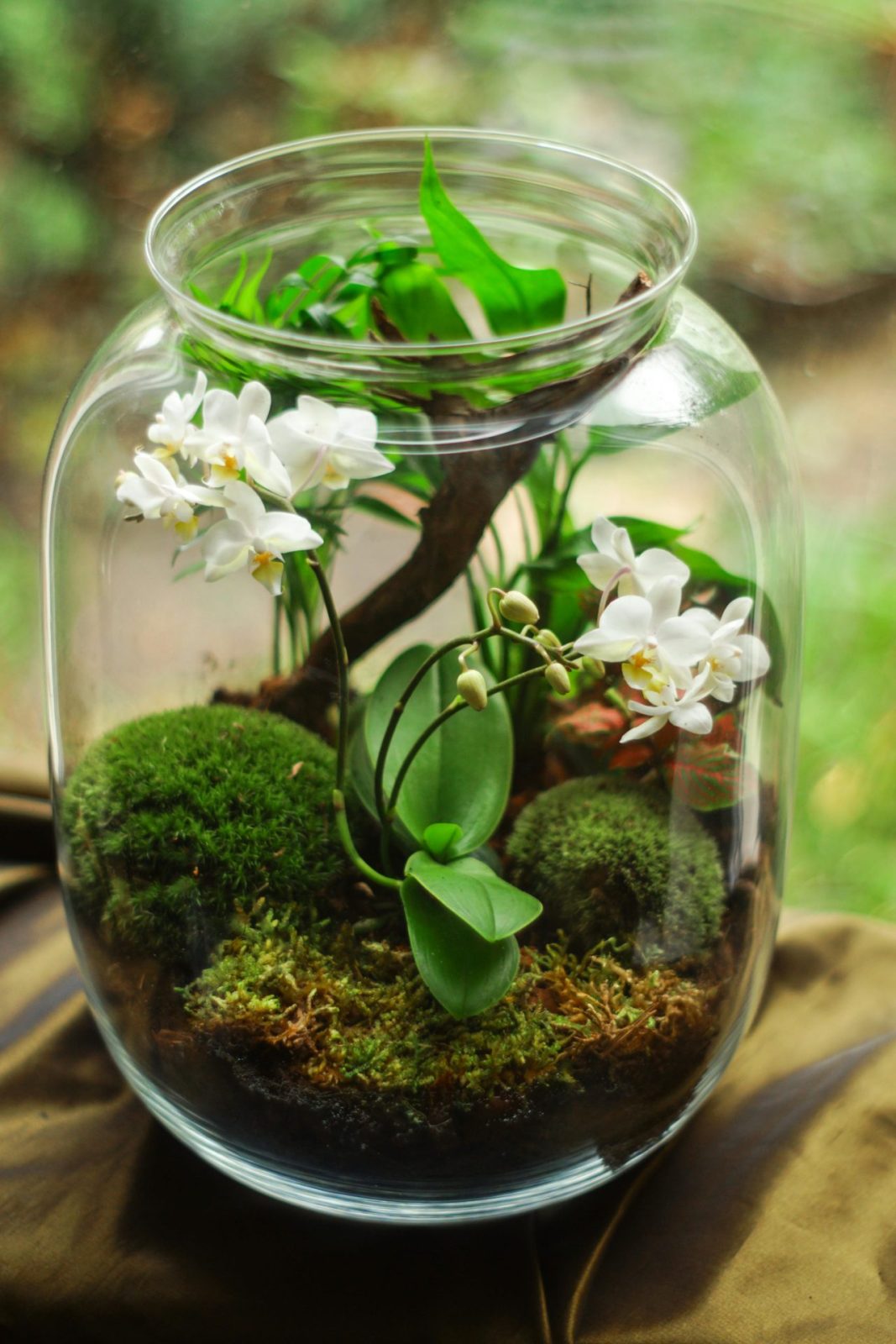
What is sustainable living? How Your Choices Shape a Sustainable Present and Future
By embracing sustainable living, we adopt practices that contribute to the well-being of the environment, society, and economy.

What happens to the glass containers we toss into the recycling bin?
How many times can a glass bottle be recycled before it loses its integrity?
What creative ways can we repurpose glass items to extend their lifespan?
Glass has become essential in our daily lives, with its composition varying based on its intended purpose. The most common type found in circulation is soda-lime-silicate glass.
Notably, glass is highly recyclable, requiring melting and reshaping to create new glass items. However, for successful recycling, glass must undergo color sorting and contamination removal processes to maintain compatibility with manufacturing requirements. The primary advantage of recycling through melting is the significant reduction in energy consumption (1).
The earliest evidence of glass recycling dates back to the Neronian/early Flavian period, as indicated by archaeological findings such as a pit deposit discovered in London. Additional discoveries from this era, including glass artifacts and a basket filled with broken glass found at early Roman legionary sites, further support the notion that glass recycling started no later than the early Flavian period (2). The Flavian dynasty ruled the Roman Empire in the first century (69-96 AC) (3).
Also, there was a decline in the popularity of colored glass, with naturally colored bluish-green or colorless glass gaining preference from the latter part of the first century. This change in taste is evident in archaeological and literary sources, emphasizing the significant technological innovation in Roman glass production and affirming the timeline of glass recycling starting in the Roman world.

Photo by Hisham Zayadneh: https://www.pexels.com/photo/ancient-roman-forum-in-jordan-5104085/
Glass is easily reusable. This recognition has prompted manufacturers and governments to acknowledge the potential energy and resource savings achievable through the recovery, reuse, or recycling of glass containers.
One of the earliest initiatives aimed at glass recovery was the implementation of container deposit schemes. Historical evidence, such as soft drink advertisements in Ireland and England, illustrates manufacturers' efforts to retrieve containers through such schemes as early as 1800 (4).
In many regions worldwide, container-deposit legislation mandates consumers to pay a minor deposit on containers during purchase, refundable upon return.

Photo by Suzy Hazelwood: https://www.pexels.com/photo/grayscale-photo-of-bottles-in-groups-with-milk-4578396/
Closed-loop recycling of soda-lime-silicate glass offers several environmental advantages. Firstly, it contributes to sustainable development by reintroducing mineral resources into the cycle. Additionally, recycling glass reduces waste, as glass is inert and doesn't decompose, but its disposal occupies valuable land. Incinerating glass is also ineffective, as it doesn't contribute to energy generation and absorbs heat (5).
However, the most significant environmental benefit lies in reduced energy demand and pollution. Glass manufacturing processes, including raw material extraction and furnace melting, are energy-intensive. Incorporating cullet (recycled glass) into the production process lowers energy requirements, especially during melting, as the cullet behaves differently at high temperatures compared to raw materials like soda ash, calcium carbonate, and dolomite, thus leading to energy savings and pollution reduction (6).

Photo by Suzy Hazelwood: https://www.pexels.com/photo/broken-glass-bottle-on-the-sidewalk-2955032/
The most effective solution to mitigate the environmental impact of glass waste is through reuse. Recycling glass waste, especially from bottles and flat glass, helps preserve natural resources, reduce landfill space, and conserve energy and financial resources.
Hence, reusing and recycling glass is a highly sustainable activity!
Some of us recognized this opportunity:
THE ESTEE LAUDER COMPANIES PARTNERS WITH STRATEGIC MATERIALS TO RECYCLE GLASS
Smart City Project advances glass recycling with Green Dot
Why are the governments not following?
‘Huge disappointment’ as UK delays bottle deposit plan and excludes glass
Is Glass Recycling in the U.S. Broken?
It's essential to select the types of glass for reusing. Here are some tips to help you choose and select glass for reuse:
Cleaning glass jars is a simple process that ensures they are safe for reuse. Here's a step-by-step guide to effectively clean glass jars:
Boiling: Place the clean jars in a large pot filled with water. Make sure the jars are fully submerged. Bring the water to a boil and let the jars boil for 10-15 minutes. Remove the jars carefully using tongs and let them air dry upside down on a clean towel.
Oven: Preheat your oven to 275°F (135°C). Place the clean jars on a baking sheet and bake them in the oven for 20-30 minutes. Remove the jars carefully using oven mitts and let them cool before use.
Dishwasher: If your dishwasher has a sterilization cycle, you can run the jars through the dishwasher on this setting. Make sure the jars are placed upright and not touching each other.
Following these steps will ensure that your glass jars are clean, sanitized, and ready for reuse in your household or for food preservation.
Reusing glass in a household is both practical and environmentally friendly. Here are some creative ways to give new life to glass items:

Photo by Polina Tankilevitch: https://www.pexels.com/photo/glass-jars-on-wooden-shelf-3735147/

Photo by Arun Thomas: https://www.pexels.com/photo/clear-glass-terrarium-1105671/
With a little imagination, the possibilities for reusing glass in your household are endless. Not only will you reduce waste, but you'll also add charm and character to your home decor while contributing to a more sustainable lifestyle.

Photo by Sohel Patel: https://www.pexels.com/photo/white-and-brown-ceramic-vase-1804035/
In conclusion, the reuse of glass holds significant importance in promoting sustainability and reducing environmental impact. If we repurpose glass items, we can minimize waste, conserve resources, and contribute to a more eco-friendly lifestyle.
If there are additional methods or ideas for reusing glass that we may have overlooked, please share them in the comments below. Together, we can continue to explore and implement innovative ways to maximize the potential of glass reuse, ultimately fostering a greener and more sustainable future.

By embracing sustainable living, we adopt practices that contribute to the well-being of the environment, society, and economy.

Sustainability goes beyond admiration; it is a commitment to maintaining the delicate balance between our species and the planet.

Dive into the world of traditional board games and discover their diverse health benefits. Explore expert insights on how these games contribute to well-being and mental acuity.

Natural deodorant is an effective and environmentally friendly product. It is a healthy option since traditional antiperspirants often contain chemicals.

Let’s discover the environmental impact of household waste, and hopefully, this will inspire us to create a new mindset.
Welcome to Sustainable Living by Science. With our scientific mindset, we are exploring how to nurture our well-being while caring for the environment. We are sharing the meaning of sustainability through evidence-based practices. Join us on this journey towards a greener, healthier future where science guides us to make the best choices for ourselves, the planet, and others.
All content is © 2024 by Sustainable Living by Science. All rights reserved.